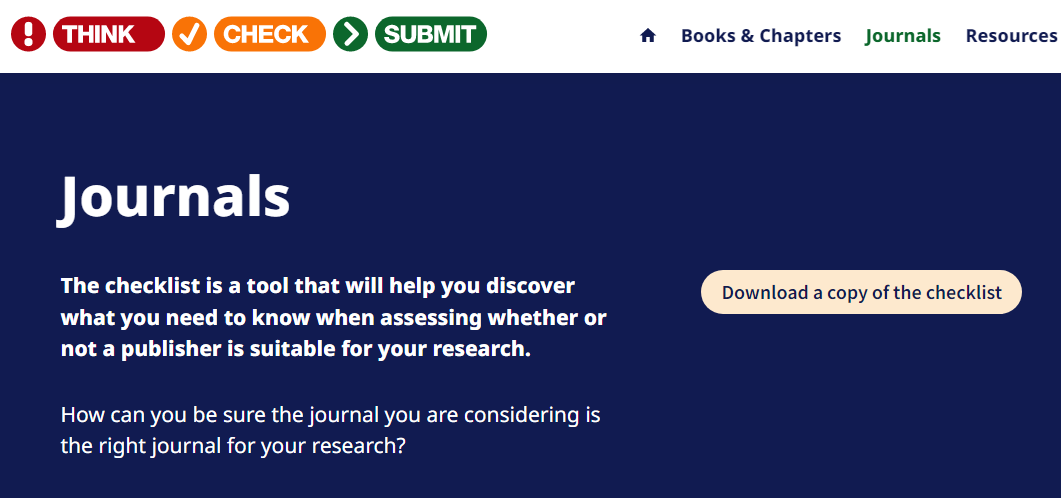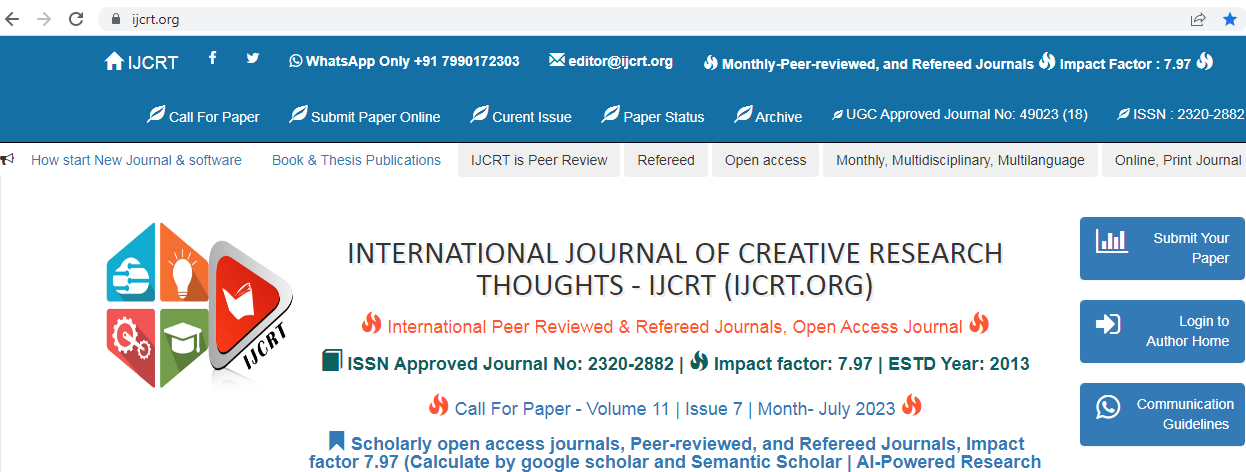How fake/bogus journals are working
How fake/bogus journals are working?
Fake or bogus journals operate through deceptive practices designed to mimic the structure and appearance of legitimate scholarly publishing. Here's how they typically work:
Deceptive Websites: These journals often create websites that mimic the look and feel of legitimate academic journals. They may use similar layouts, logos, and formatting to give the appearance of professionalism.
Solicitation: Predatory journals often send unsolicited emails to researchers, enticing them to submit articles or serve as editors or reviewers. These emails may claim that the journal is reputable and indexed in well-known databases.
Fast-Track Publication: One of the attractive features fake journals offer is rapid publication. They claim that submitted manuscripts will be published quickly, sometimes within days or weeks, which can be enticing to authors looking for quick publication.
Low or No Quality Control: Many fake journals do not have a legitimate peer review process. Some may accept submissions without conducting any form of substantive review, or they may employ unqualified or inexperienced reviewers. In some cases, articles are published as-is, leading to the publication of low-quality or even plagiarized content.
Publication Fees: Fake journals charge authors a publication fee, often without providing the legitimate editorial and peer review services expected from reputable journals. These fees are a significant source of revenue for these journals.
False Indexing Claims: Some fake journals falsely claim to be indexed in well-known databases like PubMed, Scopus, or Web of Science, even when they are not. This deceptive tactic is used to appear credible to authors and institutions.
Opaque Practices: These journals typically lack transparency in their editorial processes, reviewer qualifications, and publishing fees. Authors may not have access to clear information about how their submissions will be handled.
Fake Editorial Boards: Predatory journals may list fictitious editorial boards or prominent researchers without their knowledge or consent, giving the appearance of academic legitimacy.
Frequent Name Changes: Some predatory journals frequently change their names or merge with other fake journals to avoid negative associations and maintain the appearance of novelty.
Spam and Aggressive Marketing: Fake journals often engage in aggressive marketing strategies, sending spam emails to researchers and inundating them with solicitations.
Minimal or No Reviewer Feedback: In cases where some form of peer review is conducted, the feedback provided to authors is often minimal and not conducive to improving the quality of the research.
Thanks,
Team - JournalGuardians


Comments
Post a Comment